日落时分的火箭日食
See Explanation. Clicking on the picture will download the highest resolution version available.
请参阅说明。单击图片将下载可用的最高分辨率版本。

See Explanation. Clicking on the picture will download the highest resolution version available.
请参阅说明。单击图片将下载可用的最高分辨率版本。
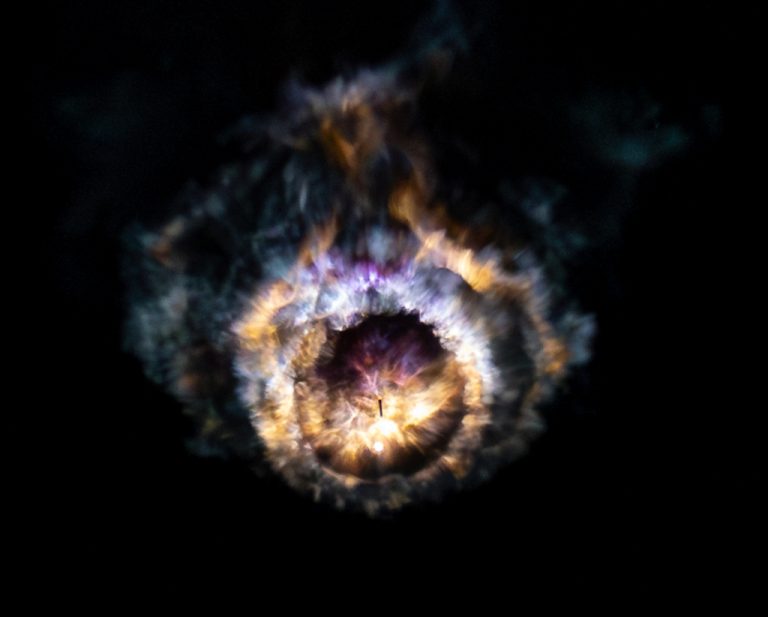
请参阅说明。单击图片将下载可用的最高分辨率版本。

2023年8月31日 The Crew-7 Nebula Image Credit & Copyright: Michael Seeley Explanation: Not the James Webb Space Telescope’s latest view of a distant galactic nebula, this illuminated cloud of gas and dust dazzled early morning spacecoast skygazers on August 26. The snapshot was taken about 2 minutes after the launch of of a Falcon 9 rocket on the SpaceX Crew-7 mission, the seventh commercial crew rotation mission for the International Space Station. It captures drifting plumes and exhaust from the separated first and second stage illuminated against the still dark skies. Near the center of the image, within the ragged blueish ring, are two bright points of light. The lower one is the second stage of the rocket carrying 4 humans to space in a Crew…

2022年10月14日 The Falcon and the Hunter’s Moon Image Credit & Copyright: Michael Seeley Explanation: The Full Moon of October 9th was the second Full Moon after the northern hemisphere autumnal equinox, traditionally called the Hunter’s Moon. According to lore, the name is a fitting one because this Full Moon lights the night during a time for hunting in preparation for the coming winter months. In this snapshot, a nearly full Hunter’s Moon was captured just after sunset on October 8, rising in skies over Florida’s Space Coast. Rising from planet Earth a Falcon 9 rocket pierces the bright lunar disk from the photographer’s vantage point. Ripples and fringes along the edge of the lunar disk appear as supersonic shock waves generated by the rocket’s passage…
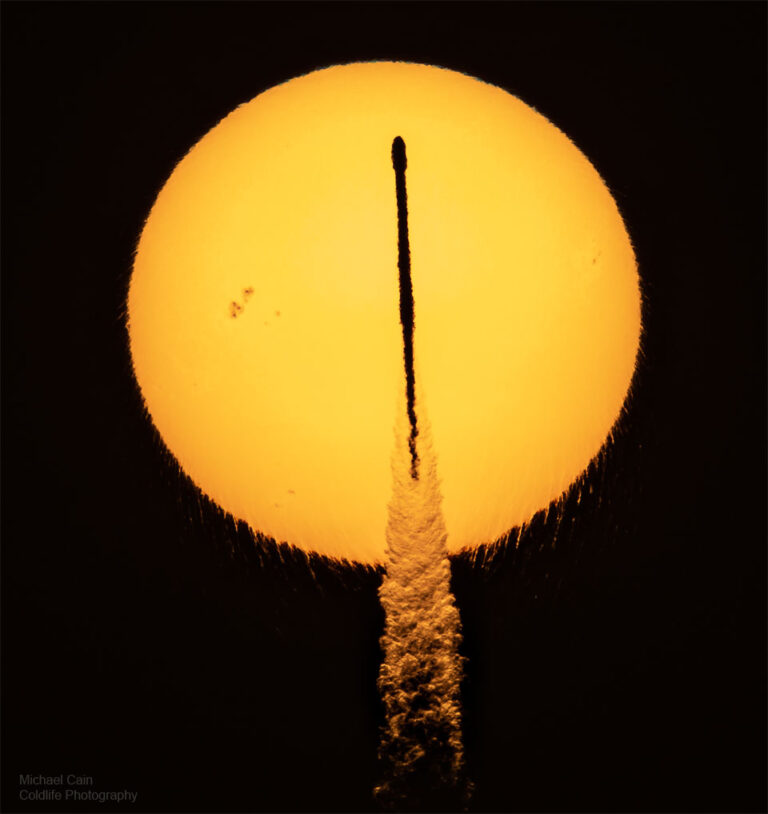
2022年5月31日 Rocket Transits Rippling Sun Image Credit & Copyright: Michael Cain Explanation: The launch of a rocket at sunrise can result in unusual but intriguing images that feature both the rocket and the Sun. Such was the case last month when a SpaceX Falcon 9 rocket blasted off from NASA’s Kennedy Space Center carrying 53 more Starlink satellites into low Earth orbit. In the featured launch picture, the rocket’s exhaust plume glows beyond its projection onto the distant Sun, the rocket itself appears oddly jagged, and the Sun’s lower edge shows peculiar drip-like ripples. The physical cause of all of these effects is pockets of relatively hot or rarefied air deflecting sunlight less strongly than pockets relatively cool or compressed air: refraction. Unaware of the…
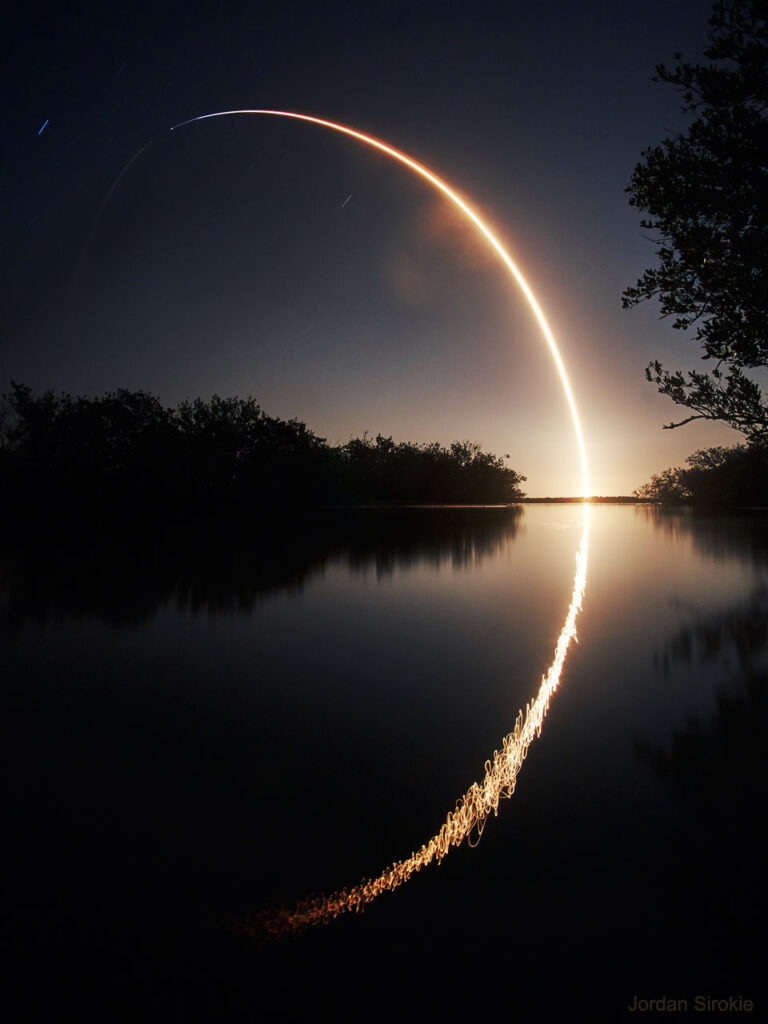
2021年12月22日 Launch of the IXPE Observatory Image Credit & Copyright: Jordan Sirokie Explanation: Birds don’t fly this high. Airplanes don’t go this fast. The Statue of Liberty weighs less. No species other than human can even comprehend what is going on, nor could any human just a millennium ago. The launch of a rocket bound for space is an event that inspires awe and challenges description. Pictured here, a SpaceX Falcon 9 rocket lifted off from Kennedy Space Center, Florida earlier this month carrying the Imaging X-ray Polarimetry Explorer (IXPE). IXPE is scheduled to observe high-energy objects such as neutron stars, black holes, and the centers of distant galaxies to better determine the physics and geometries that create and control them. From a standing start,…
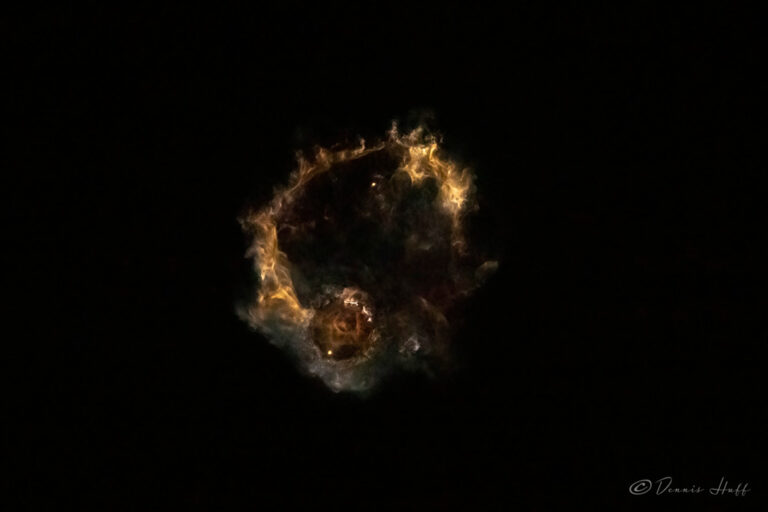
2021年9月4日 A Falcon 9 Nebula Image Credit & Copyright: Dennis Huff Explanation: Not the Hubble Space Telescope’s latest view of a distant galactic nebula, this illuminated cloud of gas and dust dazzled early morning spacecoast skygazers on August 29. The snapshot was taken at 3:17am from Space View Park in Titusville, Florida. That’s about 3 minutes after the launch of a SpaceX Falcon 9 rocket on the CRS-23 mission to resupply the International Space Station. It captures drifting plumes and exhaust from the separated first and second stage of the rocket rising through still dark skies. The lower bright dot is the second stage continuing on to low Earth orbit. The upper one is the rocket’s first stage performing a boostback burn. Of course the…
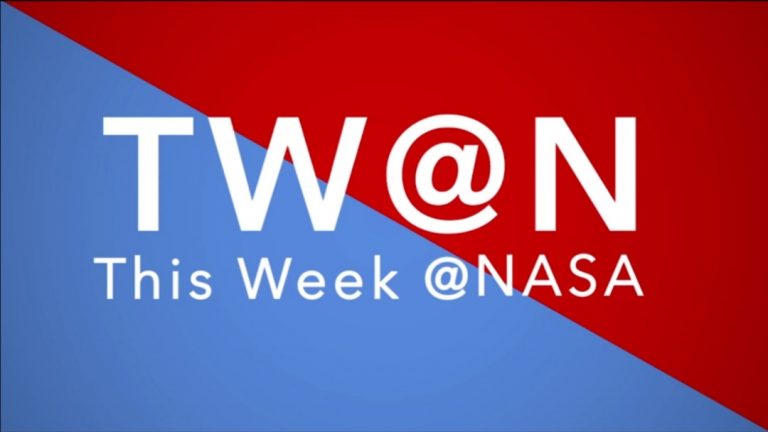
坚韧号(Resilience)的空间站之旅;又一枚海洋观测卫星发射;阿尔忒弥斯(Artemis)任务关键的火箭系列测试有了新进展……最近新闻速递,尽在「本周NASA」! Credit:NASA 11月15日,NASA宇航员迈克·霍普金斯(Mike Hopkins)、维克多·格洛弗(Victor Glover)、香农·沃克(Shannon Walker)和日本的野口聪一(Soichi Noguchi)乘坐SpaceX“坚韧号”载人龙飞船,从肯尼迪航天中心飞向太空。“当我们为全人类出发探索时,地球引力也无法阻止我们。”这次成功的发射开启了国际空间站的首个机组人员轮换任务,是NASA和SpaceX 6次认证载人任务中的第一个,同时也是NASA商业载人计划(Commercial Crew Program)的一部分。“载人龙飞船的另一个视角,是它未来的目的地,未来六个月的‘家’,也就是国际空间站。”第二天,坚韧号及其机组人员抵达空间站,并于美东时间晚上11:01成功对接。迈克·霍普金斯:“这里是坚韧号,SpaceX和NASA,祝贺你们,开启了从佛州海岸到国际空间站的飞行新时代。”不久之后,空间站上的第64远征队(Expedition 64)队员迎来了4名最新成员,他们的到来使长期在站人员规模首次从6名增加到了7名。他们将在为期6个月的在站时间里进行科学研究和空间站维护,这是从美国发射的历时最长的载人航天任务。 哨兵6号迈克尔·弗赖利克(Sentinel-6 Michael Freilich)卫星于11月21日从加利福尼亚州范登堡空军基地发射升空。这是两颗相同卫星中的第一颗,用于在至少未来十年的时间内进行全球海平面观测。哨兵6号迈克尔·弗赖利克的双胞胎,哨兵6B号(Sentinel-6B)计划于2025年发射。 斯坦尼斯航天中心的工程师已成功修复太空发射系统火箭核心级段的阀门,现正准备在12月7日这一周进行全箭演习(wet dress rehearsal)。此次全箭演习是火箭整体整合测试(Green Run test)系列的一部分,为阿尔忒弥斯登月任务的发射作准备。目前将进行一次启动全部4个火箭发动机以模拟发射的点火测试(hot fire test),目标是在12月21日这一周结束这一测试系列。 11月18日,俄罗斯宇航员谢尔盖·雷吉科夫(Sergey Ryzhikov)和谢尔盖·库德·斯维奇科夫(Sergey Kud-Sverchkov)去到了国际空间站之外,为俄罗斯新研究舱的到来做准备。新的太空舱名为“Nauka”,俄语意为“科学”,现正在哈萨克斯坦拜科努尔航天发射场(Baikonur Cosmodrome)准备发射。 NASA研究人员利用计算机模型创建了无新冠疫情的2020年大气情况,发现自新冠爆发的2月以来,地球大气层中的某些污染物数量比无疫情时要少。这项研究希望能推算出其中有多少下降来自疫情相关的社交隔离导致的人类活动变化。减少的污染物包括将近20%的二氧化氮下降,二氧化氮主要来自工业和运输业的化石燃料燃烧。 以上就是「本周 NASA」的全部内容!更多详细信息请访问nasa.gov/twan。

2020年11月19日 Crew-1 Mission Launch Streak Image Credit & Copyright: Jen Scott Explanation: Leaving planet Earth for a moment, a SpaceX Falcon 9 rocket arced into the early evening sky last Sunday at 7:27 pm EST from Kennedy Space Center’s Launch Complex 39A. This 3 minute 20 second exposure traces the launch streak as seen over watery reflections from Port Canaveral, about 15 miles south of the launch. The rocket carried four astronauts en route to the International Space Station on the first flight of a NASA-certified commercial human spacecraft system. Dubbed Resilience, the astronauts’ Crew Dragon spacecraft successfully docked with the orbital outpost one day later, on Monday, November 16. At the conclusion of their six-month stay on the ISS, the Crew-1 astronauts will use…

北京时间8月18日22时31分,六手猎鹰9号(B1049.6)发射升空。 Credit:SpaceX 北京时间8月18日22时31分,SpaceX在卡纳维拉尔角空军基地SLC-40使用六手猎鹰9号(B1049.6)成功发射58颗星链卫星,以及三颗SkySats 19-21对地观测卫星。 猎鹰9号一级火箭成功着陆在当然我依然爱你的海上驳船,这是B1049的第六次回收。 Credit:SpaceX 这次发射对SpaceX来说,是一个重要的里程碑,这是SpaceX的第100次发射,猎鹰9号的第92次发射,以及一枚猎鹰9号的第6次复用回收。 准备回收整流罩 Credit:SpaceX 天空卫星(SkySats )轨道 天空卫星轨道 Credit:Planet 天空卫星(SkySats 1-15)运行在太阳同步轨道(SSO),这是近地轨道的一种特殊形式。 当卫星运行在太阳同步轨道对地拍照时,地球表面总是以相同的角度被太阳光照射。天空卫星(SkySats 16-21)则在轨道倾角53度上运行,这是对太阳同步轨道的一种补充。 SkySat对地观测卫星拍摄到的若潮号一分为二画面 Credit:Planet 我们来看一下SkySat对地观测卫星传回的近乎实时图像,上面这张图是它拍摄到的若潮号一分为二画面,日本货船若潮号(MV Wakashio)于7月25日在毛里求斯水域触礁搁浅,泄漏了大约1000吨燃油,殃及当地海洋生命,这是印度洋有史以来最大的生态灾难之一,事故的原因竟然是为了连接WIFI,从这方面说,星链卫星未来会有很大的需求市场。